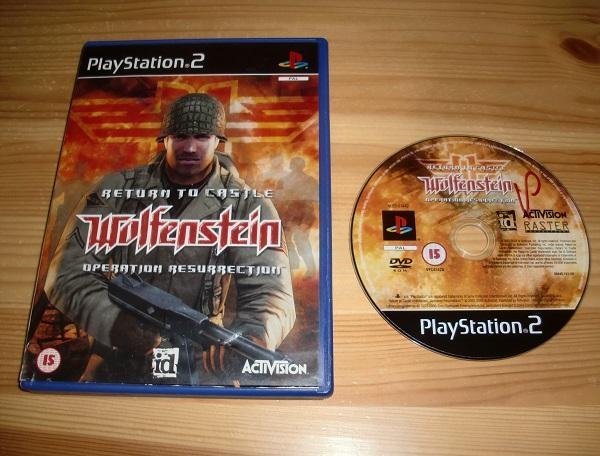

But the game doesn't really stand out in either of those areas. The quality of a single-player first-person shooter depends largely on its strengths in two areas: enemy AI and level design. The action is broken up by forgettable cutscenes that make use of some pretty poor voice work. Along the way, you'll flip switches to open doors, find a way past some instant-kill spike traps, and expend thousands of rounds of ammunition. Blazkowicz, to shoot up a mess of Nazis and undead creatures in a quest to right the world's wrongs. It seems that the Nazis are on a quest for occult power, and it's up to you, as hero B.J. The game's story is largely irrelevant, as it just provides a framework for your "get to the exit" adventures. Without multiplayer, there's no reason to play Return to Castle Wolfenstein.

The end product is exactly what you'd think it would be: a subpar port of the forgettable half of a first-rate PC shooter.

The PlayStation 2 version, however, has no multiplayer whatsoever and can't even come close to the other two versions from a graphical standpoint. Return to Castle Wolfenstein later came to the Xbox, bringing the game's multiplayer mode to consoles while making some minor changes to the single-player game. The single-player mode was largely viewed as being technically competent, but hardly worth the price of admission, especially when compared with the game's strong online mode. When Return to Castle Wolfenstein was released for the PC in 2001, it was lauded for its extraordinary team-based multiplayer component, which featured a number of different maps and objectives and a class system that let players take on different roles in battle.


 0 kommentar(er)
0 kommentar(er)
